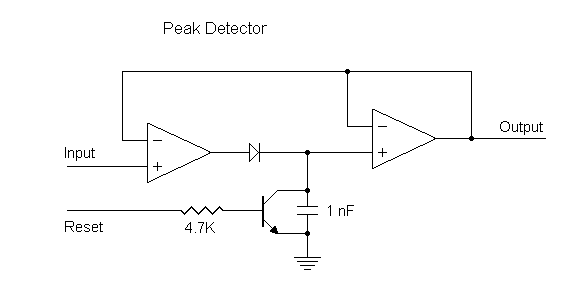Hi,
I am looking for a chip that works like a maximum peak detector.
I want to receive 5 uSec wide pulses of variable amplitude.
The time interval between pulses can vary between about 100mS and 5uS.
I want to detect the max amplitude received during 1 mSec.
In other words, I want a digital value for the maximum amplitude that was received in this 1 mS. (so 1000 values per second)
The value may be a relative value, like with a ADC.
A "max amplitude was xx% of a reference voltage" type of value
The output may be parallel(preferred) or serial... as long as I can read 1000 values per second.
8 bit output will be accurate enough.
The amplitude will be maximum 2 Volt, however that can be amplified if neccesary.
Does anyone know of a chip that does this ?
Best regards Jan
I am looking for a chip that works like a maximum peak detector.
I want to receive 5 uSec wide pulses of variable amplitude.
The time interval between pulses can vary between about 100mS and 5uS.
I want to detect the max amplitude received during 1 mSec.
In other words, I want a digital value for the maximum amplitude that was received in this 1 mS. (so 1000 values per second)
The value may be a relative value, like with a ADC.
A "max amplitude was xx% of a reference voltage" type of value
The output may be parallel(preferred) or serial... as long as I can read 1000 values per second.
8 bit output will be accurate enough.
The amplitude will be maximum 2 Volt, however that can be amplified if neccesary.
Does anyone know of a chip that does this ?
Best regards Jan


Comment